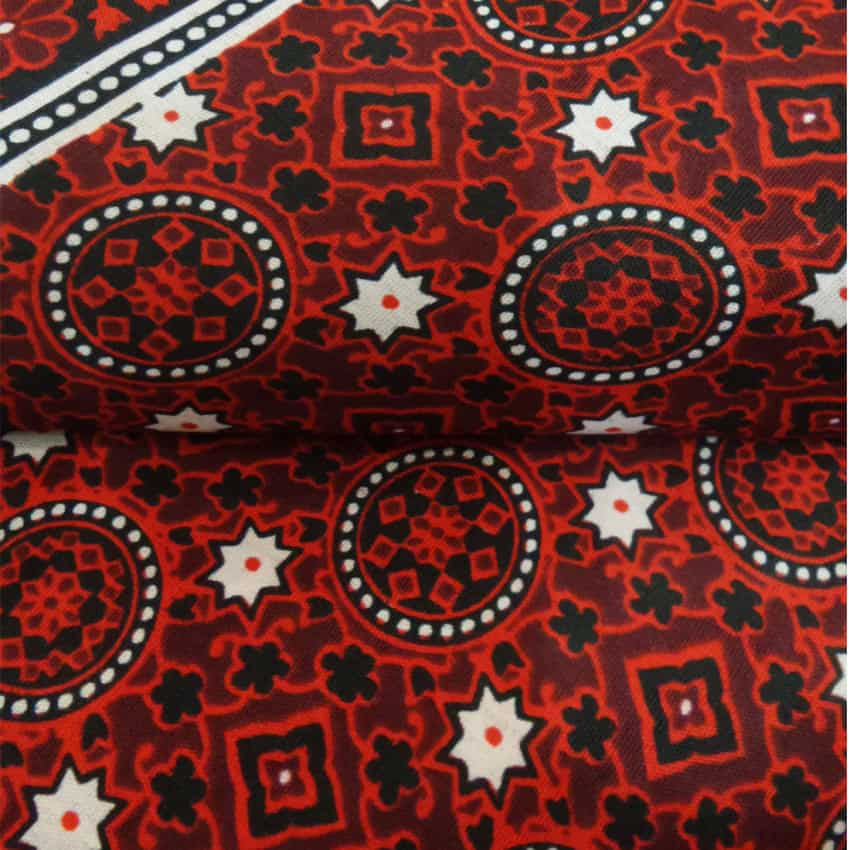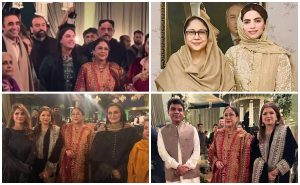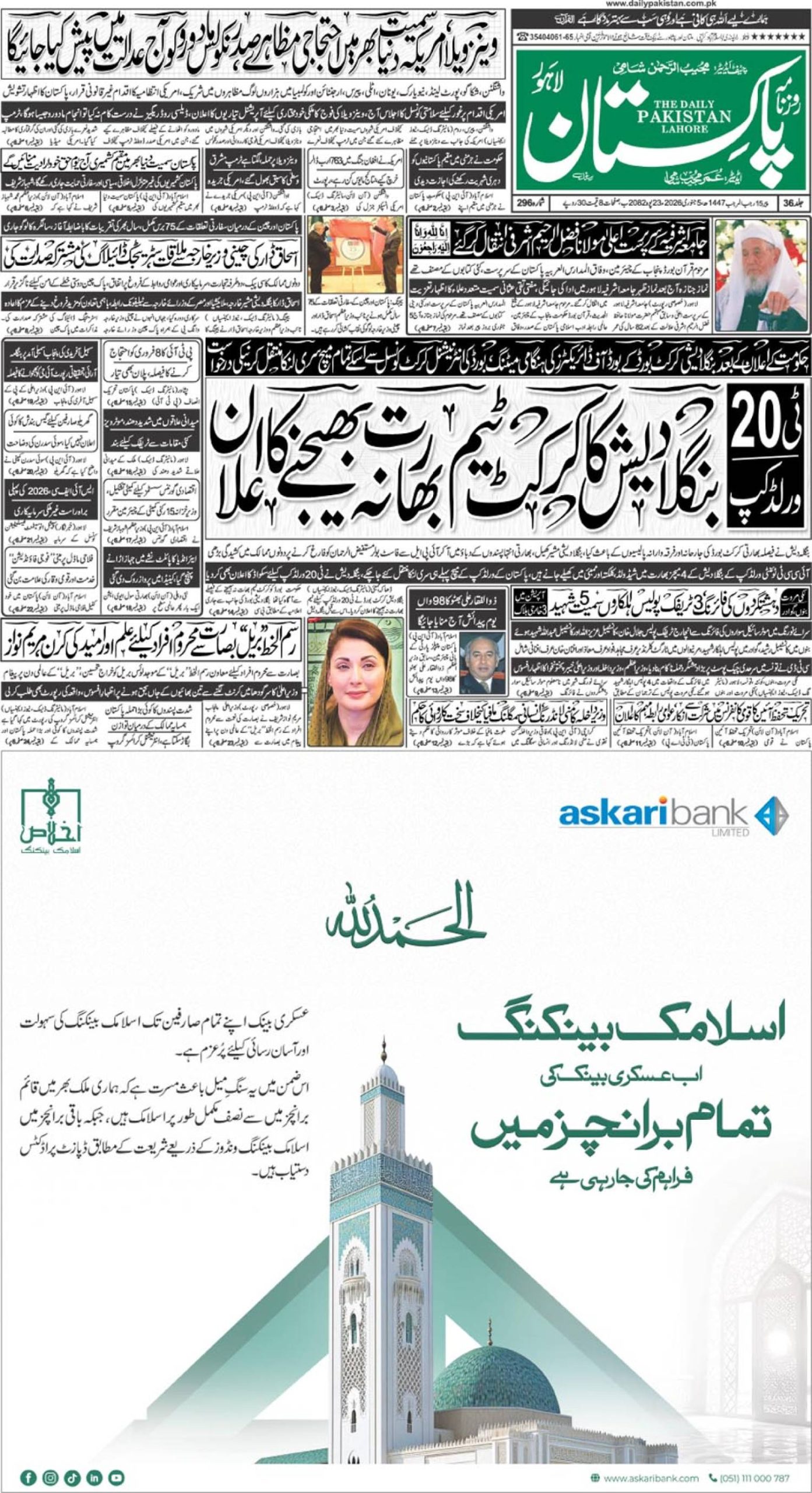MOHENJO-DARO- Pakistani traditions and customs are all about showing respect and love to one another. The crafts and art of every region represent the warm welcoming nature of the people.

One such example is of Ajrak. It is from the Indus Valley tradition of Sindh, Pakistan, is one such item that has rich cultural value.
Ajrak is a block printed cloth with deep crimson red and indigo blue background, bearing symmetrical patterns with interspersed unprinted sparkling white motifs, mostly stars. Made of cotton, its suppleness reminds us of smooth silk.
More than a fabric, Ajrak is a Sindhi tradition, traceable from the earliest archaeological finds of the old Indus civilization of Moen Jo-Dero. It has been equally popular since time immemorial till today among its urban, rural and nomad users.

Ajrak is a compulsory part of Sindhi culture, but it also a symbol of Sindhi nationalism. The usage of Ajrak is must at all levels of the society and it’s a symbol of respect and dignity too. Ajrak is literally used in Sindh (Pakistan) from the cradle to the grave. It is used as a hammock for infants, headgear for girls, bridal accessory, a turban and a shawl, a bed cover, a tablecloth, a gift item and a token of respect to honor a guest. Most of the heads of state and dignitaries of Pakistan have used Ajrak in their public meetings to show respect and as a token of solidarity for Sindh Province.
The Muslim rulers used to award “Khilat” (an expensive gown) in recognition of the services of their courtiers. Similarly, Muslim Sindhi rulers also continued the tradition and awarded Ajrak in recognition of outstanding performances or the valuable services rendered by individuals.
Ajrak is being manufactured at the towns of Mityari, Bhit Shah and Hala located in and near Mityari District of Sindh Province in Pakistan. Bhit Shah is famous because of the great Sindhi mystic poet “Shah Abdul Latif Bhitai” whose famous poetic masterpiece “Shah Jo Risalo” occupies a very prominent place in Sindhi literature. Traditionally Ajrak is often offered or presented as gifts to the guests. Ajrak is a tradition of Sindhi culture than how it is possible that it will not be worn in the other events like weddings and other cultural events.

The real Ajrak is printed on both sides with using resist printing method. According to this method, the printing is done by hand with handy size wooden blocks. There are several different size blocks are used to making an Ajrak with a great effort and giving it an artistic touch. The Ajrak making process is considered very sensitive near the Ajrak makers and it is not just a job that they have to do, but a form of life.

Ajrak has been used as a symbol of love and representation to Sindhi culture by many artists, politicians, writers, and intellectuals also. The legendary Pakistani folk singer “Allan Faqir” with his down-to-earth personality was an inspiring artist with his stylish Ajrak attire including his dancing peacock like turban made of Ajrak.
One cannot miss buying an Ajrak while visiting Sindh and it is now being also used as a source of inspiration by many designers in terms of fashion not only in Pakistan but Worldwide also.















